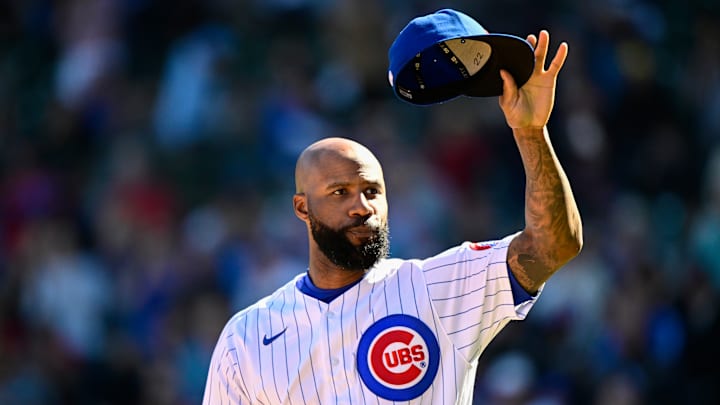6. Dave Smith - Two Years, $4.9 MIllion (1991)
The Dave Smith deal is a straight head-scratcher. Did the guy just run out of gas once he put his stuff in the Wrigley Field locker room? I can't make sense of it given what the right-hander did in the decade prior with the Astros.
From 1980-1990, Smith racked up 762 innings for Houston, notching 199 saves and working to a 2.91 FIP. He was the epitome of a bullpen anchor and, until Billy Wagner passed him, held the Astros' franchise save record. Then, he came to the Cubs on that two-year deal and the wheels just totally fell off for him.
After a disastrous month of April that ended with a trio of blown saves an an ERA in the 10.00 range, Smith settled in and made seven scoreless appearances in the month of May. But with each passing month from that point on, his ERA climbed higher and higher - capped by a 16.88 mark in four September appearances.
The final numbers? A 6.00 ERA in 35 appearances, a 1.758 WHIP and a 0.84 strikeout-to-walk ratio. Smith returned to the Cubs bullpen in 1992, the final year of his deal, but injuries kept him from returning to form and that marked the end of his big league career at the age of 37.
